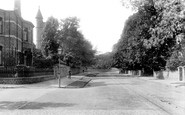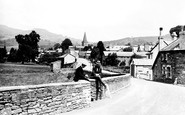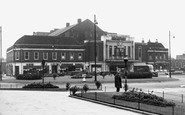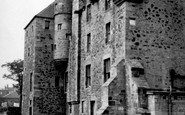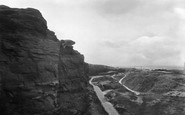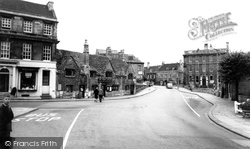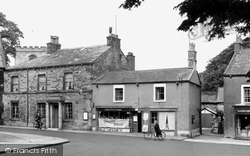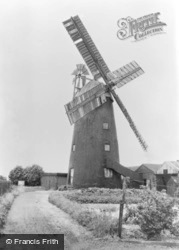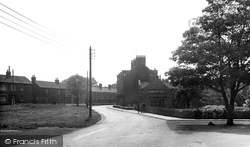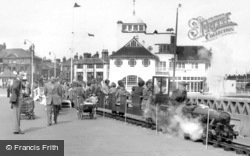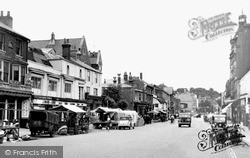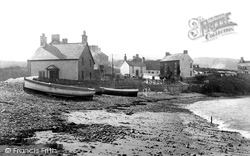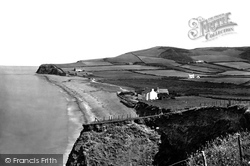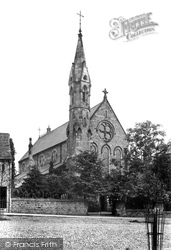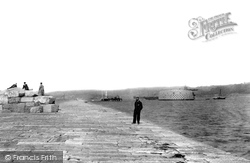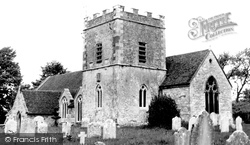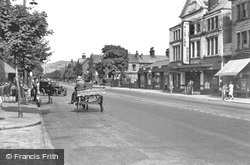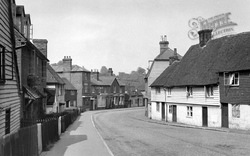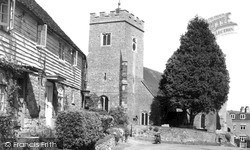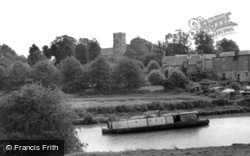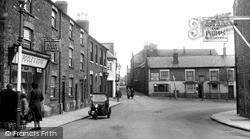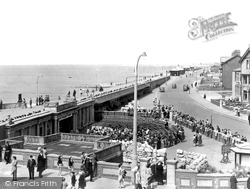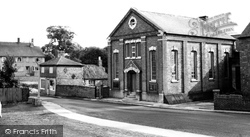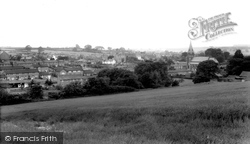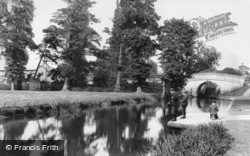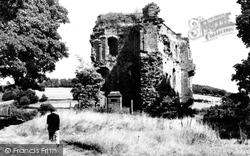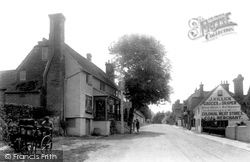Places
36 places found.
Those places high-lighted have photos. All locations may have maps, books and memories.
- Shanklin, Isle of Wight
- Ventnor, Isle of Wight
- Ryde, Isle of Wight
- Cowes, Isle of Wight
- Sandown, Isle of Wight
- Port of Ness, Western Isles
- London, Greater London
- Cambridge, Cambridgeshire
- Dublin, Republic of Ireland
- Killarney, Republic of Ireland
- Douglas, Isle of Man
- Plymouth, Devon
- Newport, Isle of Wight
- Southwold, Suffolk
- Bristol, Avon
- Lowestoft, Suffolk
- Cromer, Norfolk
- Edinburgh, Lothian
- Maldon, Essex
- Clacton-On-Sea, Essex
- Norwich, Norfolk
- Felixstowe, Suffolk
- Hitchin, Hertfordshire
- Stevenage, Hertfordshire
- Colchester, Essex
- Nottingham, Nottinghamshire
- Bedford, Bedfordshire
- Bury St Edmunds, Suffolk
- Aldeburgh, Suffolk
- St Albans, Hertfordshire
- Hunstanton, Norfolk
- Chelmsford, Essex
- Bishop's Stortford, Hertfordshire
- Peterborough, Cambridgeshire
- Brentwood, Essex
- Glengarriff, Republic of Ireland
Photos
9,106 photos found. Showing results 13,561 to 9,106.
Maps
181,006 maps found.
Books
11 books found. Showing results 16,273 to 11.
Memories
29,052 memories found. Showing results 6,781 to 6,790.
Looking For Any Saints Of New Cross Gate
I am searching for any Saint family who lived in the New Cross area of London, maybe running a car lot called Saint's Auto's around the Camberwell - New Cross area of South London.
A memory of Camberwell by
St Joseph's Home Carmel Road Darlington
My name is ANN ROY - I was in St Joseph's home from 1948 - 1958 and would love to hear from anyone who was in the home at that time or has any information/details/memories of that time. I am especially ...Read more
A memory of Darlington in 1948 by
Growing Up Childhood Memories
I was born in Elm Park Avenue in 1937 and have memories of the Second World War and after. I can remember during the war, especially during the Blitz, bedding down with my mother under the stairs in a steel wire ...Read more
A memory of Elm Park in 1940 by
My Home Town
I was born on New Road, Crickhowell in the year of your photograph of 1931 and I love the town. I left there in the late 1930s, only to return in 1949, leaving in 1955, but I return each year to visit old places and tend the ...Read more
A memory of Crickhowell in 1930 by
Staines Family Of Sutton Bridge
My family moved from Sutton Bridge to Canada in or around 1912 or 1913. Looking for any family that may still be in that area. William Staines and his wife Rosa, and their 6 or 7 children left for Canada. Thanks, Lisa Freeman, in Canada
A memory of Sutton Bridge in 1900 by
Abc Broadway
The cinema was the ABC Broadway, but the main road through Eccles was (and hopefully still is) Church Street. The cinema was at the bottom of Church Street, where it met with Liverpool Road.
A memory of Eccles by
Wool Shop On Or Near Princes Street
My great-great-aunt's (sisters called Copland) kept a wool shop in Edinburgh in the 1800s. I have tried to find out about them but without much success. I would be delighted to hear from anyone with any knowledge of them or the shop. Many thanks. Jennifer Cook (Copland)
A memory of Edinburgh in 1880 by
Classmates 1 A To 4 A 1946 To 1950
John Maude, David Jeeves, Tony Sockett, Trevor Plane, Terry Keene, Madeline Ward, Brenda Sayles, Gillian Scott, Barbara Baker, Pat Roome, June Engledow, Ray Smith, John Wood, Frankie Mills, ...Read more
A memory of Intake in 1946 by
Oh Happy Days
Yes I remember spending most of our (my brother John and I) summer holidays playing on Runcorn Hills. Both parents worked and so most mornings, weather permitting, we would head off to the hills from our home in Weston Village, ...Read more
A memory of Runcorn in 1953 by
Your search returned a large number of results. Please try to refine your search further.
Captions
29,158 captions found. Showing results 16,273 to 16,296.
In his 'Topographical Collections' of 1659-70, John Aubrey wrote: 'Here is a strong and handsome bridge in the middest of which is a little chapell as at Bathe, for Masse'.
Bolton-le-Sands is perched on a low rise that once overlooked the sea. Its former maritime associations are reflected in the name of the Blue Anchor.
The old mill is now a landmark for the Museum of Fenland Life, which is situated in the old barns alongside.
The quaint old building to the right of centre still serves as the village post office and shop today. It is quite small, but it is elaborately decorated on its front outer wall.
One of the most popular attractions on the seafront was the miniature railway, pulled by a Midlands Class 5 engine called 'Sonia'.
The rest of the group, including the Congregational Church of 1863, were demolished in the 1960s, when a new church was built on the site.
This is the original nucleus of Borth village from which picture No 30253 was taken (page 59).
Clarach consists of dispersed settlements in a fertile valley to the north of Aberystwyth, from which it is accessible by foot over Constitution Hill.
Richmond had a strong Roman Catholic tradition, partly due to the Lawson family of nearby Brough Hall, who gave the land here in Newbiggin for the church of St Joseph and St Francis Xavier; it was
The completion of the Breakwater in 1844 after 32 years' work secured Plymouth's standing as a major port.
Boldre (pronounced Bolder) church stands apart from its village and dates back to the time of the Norman kings.
To his left, a group of schoolchildren mill around waiting for their school bus, while opposite, the gleaming white building of the Picture House awaits its cinemagoers.
The local industry used charcoal from the great woodlands around the area, and water power from the River Teise on which the village stands.
Commissioned by Archbishop Laud, the ragstone church stands at the centre of this lovely village, and according to an inscription over the porch's inner door it was originally built in 1649.
In the foreground is the Grand Union Canal, with the houses of Blisworth and the 15th-century tower of the church to be seen on the opposite bank.
About ten years before picture No R322055 of the Blue Bell was taken, this view of it was captured through the photographer's lens.
Cleveleys is the most northerly, from Blackpool, of the small resorts leading up to Fleetwood.
In the centre of the village, on Affleck Bridge, is the Independent Wesleyan Chapel built in 1874 to serve the Nonconformist industrial workers of the boot and shoe factories.
Dominating the Market Place is this dignified bronze statue, erected in 1861, of Sir John Franklin, the arctic explorer, born in Spilsby in 1786.
The church of St Mary and St Gabriel was built in 1869. A far noisier centre was established nearby when RAF Binbrook was built during the Second World War.
The Aylesbury arm of the Grand Union departs from the main line at Marsworth, and has some 16 locks in 6 miles, very narrow and not for the faint-hearted.
Little remains of Robert de Turbeville's early 12th-century motte and bailey castle. Its stone succes- sor was built in 1272 by Sir Grimbauld Pauncefote.
Judging by the slogan on the rectory wall, not everyone was happy with the post-war Conservative government.
Here we see a knife grinder at work in this atmospheric picture of a deserted Hartfield. It is a delightful village on the northern edge of Ashdown Forest above the river Medway.
Places (6814)
Photos (9106)
Memories (29052)
Books (11)
Maps (181006)






















